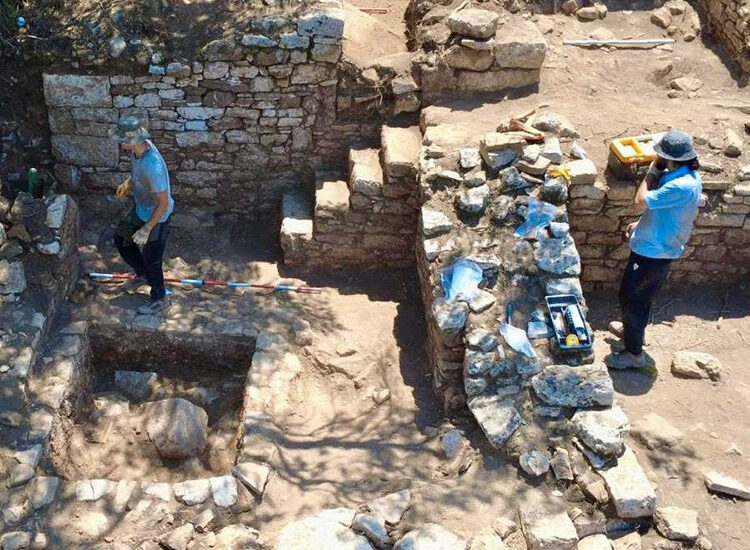
Excavations at Amos Ancient City Reveal Mosaics and Residential Structures
Archaeological work continues at full speed in Amos Ancient City, located in Turkey’s Muğla province, overlooking the coast of Marmaris. The 2025 excavation season is being carried out under the “Heritage for the Future” program of the Ministry of Culture and Tourism, coordinated by the Marmaris Chamber of Commerce, with support from Marmaris Municipality as well as Martı Hotel and Marina.
The excavation team, led by Assoc. Prof. Mehmet Gürbüzer, has uncovered plastered walls and mosaic floors believed to date back more than 2,300 years. Particularly significant are the private spaces within residential buildings, which shed light on daily life in antiquity. According to researchers, the discoveries highlight that Amos was not only a city known for its theater, but also a settlement shaped by trade, production, housing, and social activities.
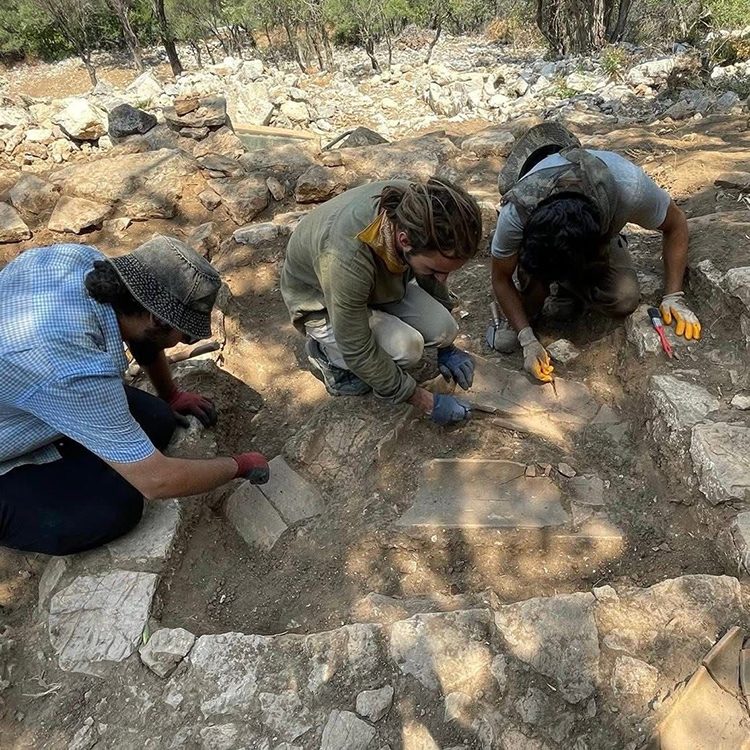
The Historical Significance of Amos
Amos was one of the three major settlements under Rhodian control during the Hellenistic period. Built on a hill overlooking the Aegean, near today’s Turunç neighborhood of Marmaris, the city is best known for its theater with a capacity of around 1,300 people. The remains of its robust fortification walls and a temple thought to be dedicated to Apollo further reveal the cultural and political vitality of the settlement.
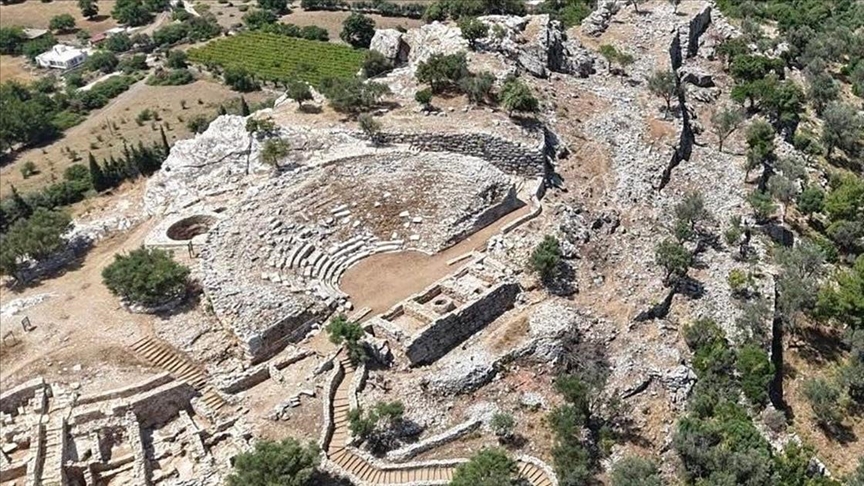
Among Amos’s most remarkable finds are inscriptions that shed light on its governance system. One of these inscriptions is regarded as among the earliest known city laws in Anatolia, suggesting that the community of Amos was organized and regulated by its own civic codes.
📣 Our WhatsApp channel is now LIVE! Stay up-to-date with the latest news and updates, just click here to follow us on WhatsApp and never miss a thing!!
Looking Ahead
The 2025 season aims to further uncover residential areas and spaces linked to the city’s social fabric. Archaeologists expect that the newly revealed mosaics and domestic structures will provide deeper insights into the daily routines, economy, and urban life of Amos in antiquity.
You may also like
- A 1700-year-old statue of Pan unearthed during the excavations at Polyeuktos in İstanbul
- The granary was found in the ancient city of Sebaste, founded by the first Roman emperor Augustus
- Donalar Kale Kapı Rock Tomb or Donalar Rock Tomb
- Theater emerges as works continue in ancient city of Perinthos
- Urartian King Argishti’s bronze shield revealed the name of an unknown country
- The religious center of Lycia, the ancient city of Letoon
- Who were the Luwians?
- A new study brings a fresh perspective on the Anatolian origin of the Indo-European languages
- Perhaps the oldest thermal treatment center in the world, which has been in continuous use for 2000 years -Basilica Therma Roman Bath or King’s Daughter-
- The largest synagogue of the ancient world, located in the ancient city of Sardis, is being restored

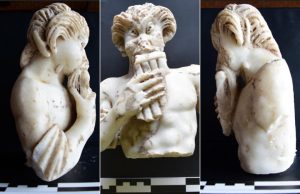
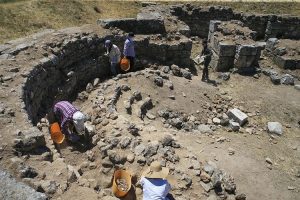
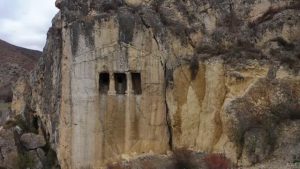
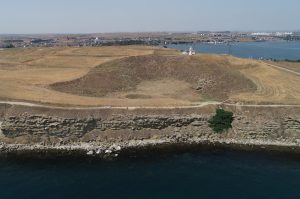
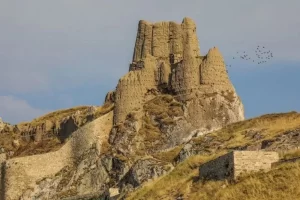
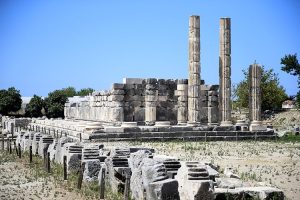


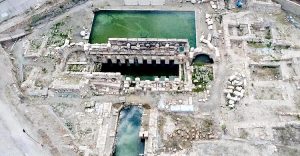
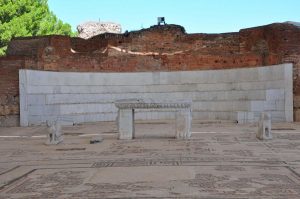
Leave a Reply